For design to be successful, many parameters must be taken into consideration. But what really defines great architecture, is something quite different, argues Norwegian architect Nicola Louise Markhus.
By Rita Tvede Bartolomei
Architects are often assigned the responsibility of the totality. But it is no easy feat to balance all these aspects of building design: Everything from functionality, atmosphere, and buildability, to flexibility, material quality and economy – and increasingly; sustainability.
“So, the obvious answer to what good building design is, might be that good architecture manages to do all this. But that might not be the same as the architecture that excites me. To me, great architecture offers a richness, a variety of experience and a certain influence over your own use”, says Nicola Louise Markhus.
A variety of experiences
The 39-year-old works at architectural firm Asplan Viak in Arendal, a city in the south of Norway. Previously she has worked for Fragment and Eriksen/Skajaa Arkitekter in Oslo, and Arkitekturverket in Moss. She has an MA in architecture from The Royal Danish Academy of Fine Arts, at the School of Architecture in Copenhagen.
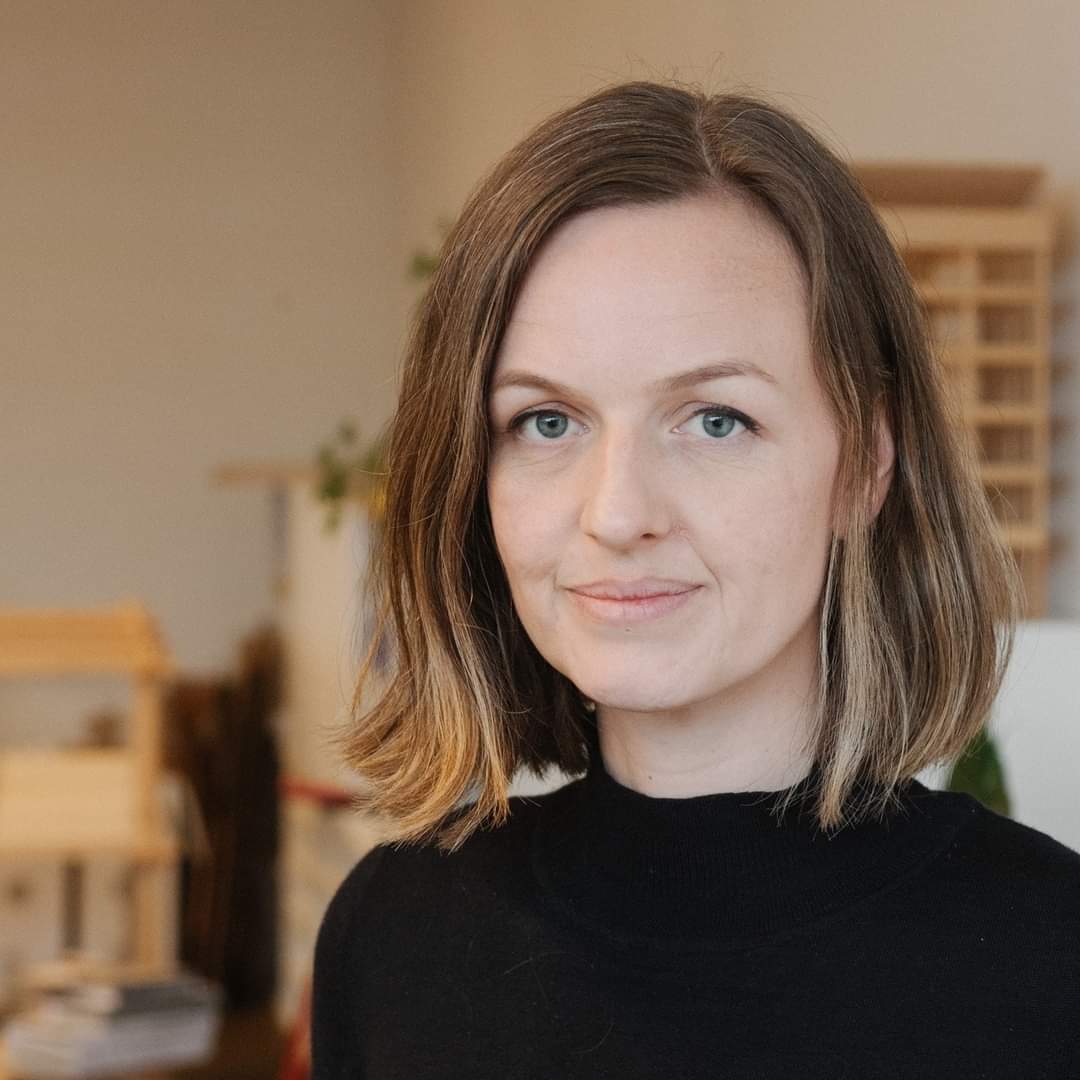
Architect Nicola Louise Markhus from Arendal in Norway.
Photo: © Arne Langleite
To really assess whether the architecture can offer richness and variety, it can be useful to ask these questions, Nicola reminds us:
“Does the architecture work with the natural environment and rhythm of life, and allow you to experience it in different light and degrees of openness towards the outside? Does it allow you to regulate degrees of privacy and contact between spaces? Can it be used in different ways and thereby adjust to the different phases of a family life, even surviving centuries?” she explains.
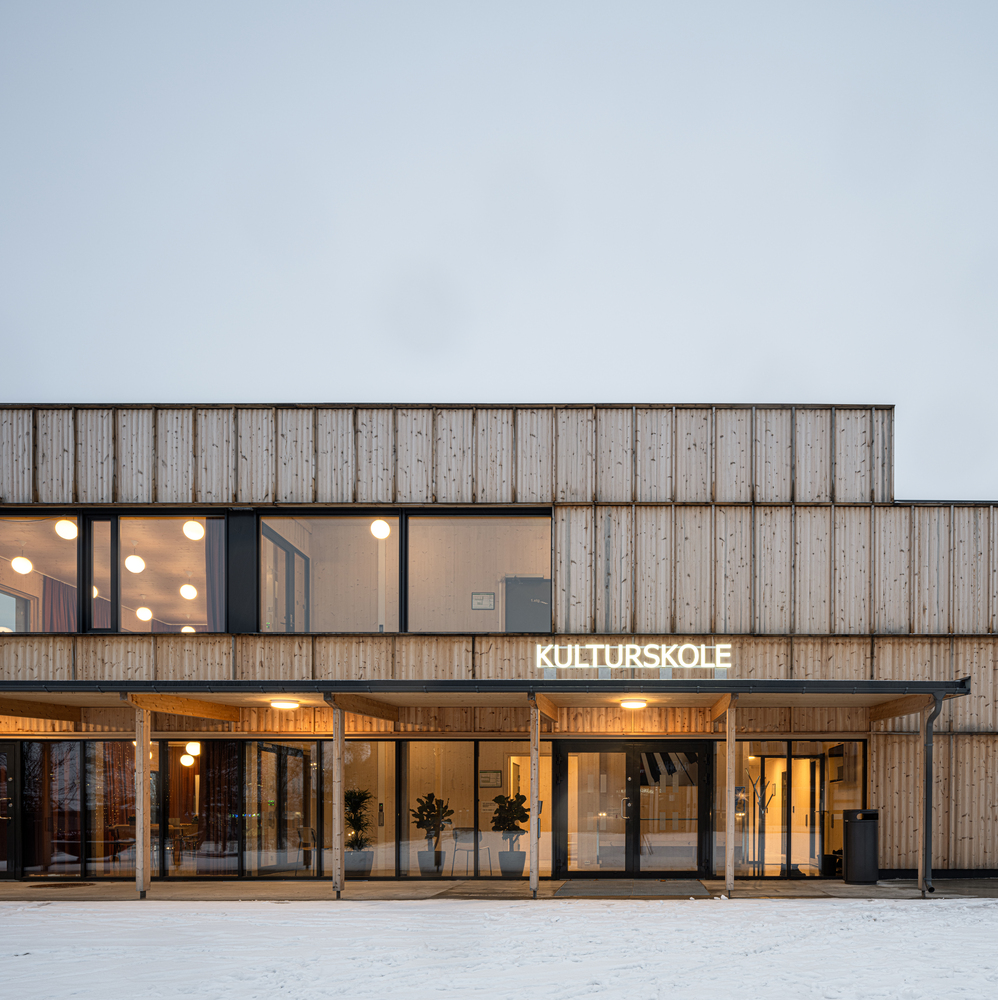
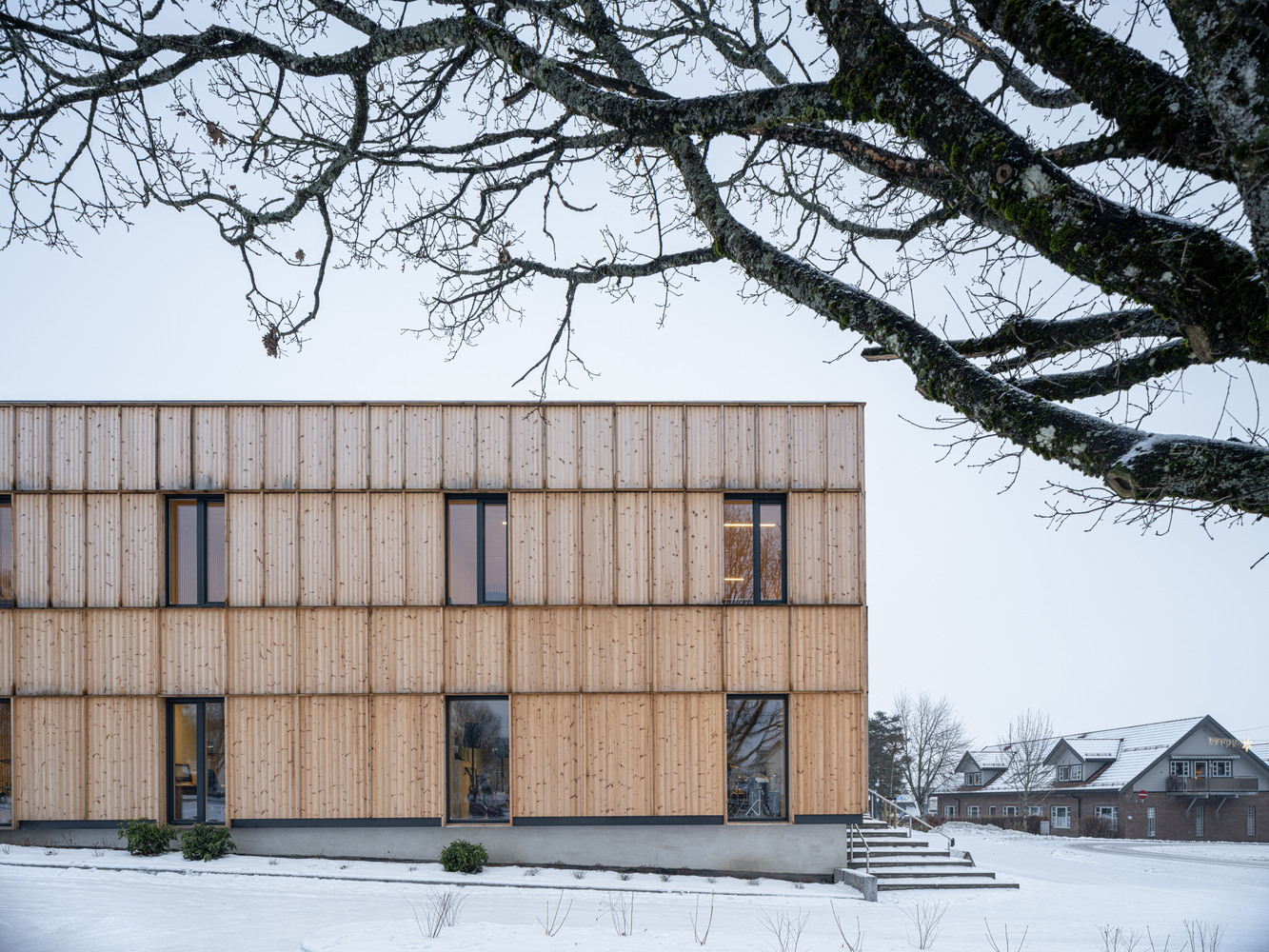
SOLID WOOD: Nicola has been involved in the design of a new cultural school in Norway (in solid wood), in collaboration with architects Jørgen Tycho, Arild Eriksen, Salas Montes, Cathrine Finnema and Mari Dalheim.
Photo: © Kyrre Sundal
One of the most important tasks of an architect, according to Nicola, is to always maintain a holistic and critical point of view:
“Holistic in that we not only must satisfy the client, investor or users of the building, as well as the architectural community who approves or disapproves of our attempts. We should also keep in mind the interests of those who don’t have direct influence over the project but are affected by it, from neighbours to constructions workers to animals – the common good”, she argues.
Connections between spaces
She is very interested in the connections and boundaries between spaces, and how architecture can allow different states and activities like rest, contemplation, production, intimacy, community, performance. “Unless a building is strictly monofunctional, it should have a variety of types of spaces, and a consciousness of how to regulate a boundary: Which can be something as simple as a folding door that can open up a dining room towards the garden, or a curtain that can be pulled across a glazed wall to create privacy”, says Nicola. It is both about something as simple as “where do you place one function in relation to another”, as well as the juicier considerations: “Of how the light enters the building, the proportions of the space, what do you see from the space you are in, what textures and colours surround you”, she says.
She thinks a lot of architecture today is very generic - where we don’t dare or have time to give the architecture enough character or specificity. “By this I don’t mean that the architecture should look crazy or always be trying to look new, or different. I enjoy studying typology as a starting point for design and referencing the architecture to historical and other contexts”. The Norwegian architect says that there are plenty of well-tested ideas to reuse and implement in new, smart ways. "Where we take each site and situation seriously, instead of copy-pasting solutions everywhere we go”, she adds.
What about her favourite architecture?
Nicola says she finds it difficult to select favourites from any vast field such as architecture, music or books. But she can reveal two examples of architectural projects that really moves her. One is an actual building, one is an architectural, cross-over, thought-project for fictive, historical clients:
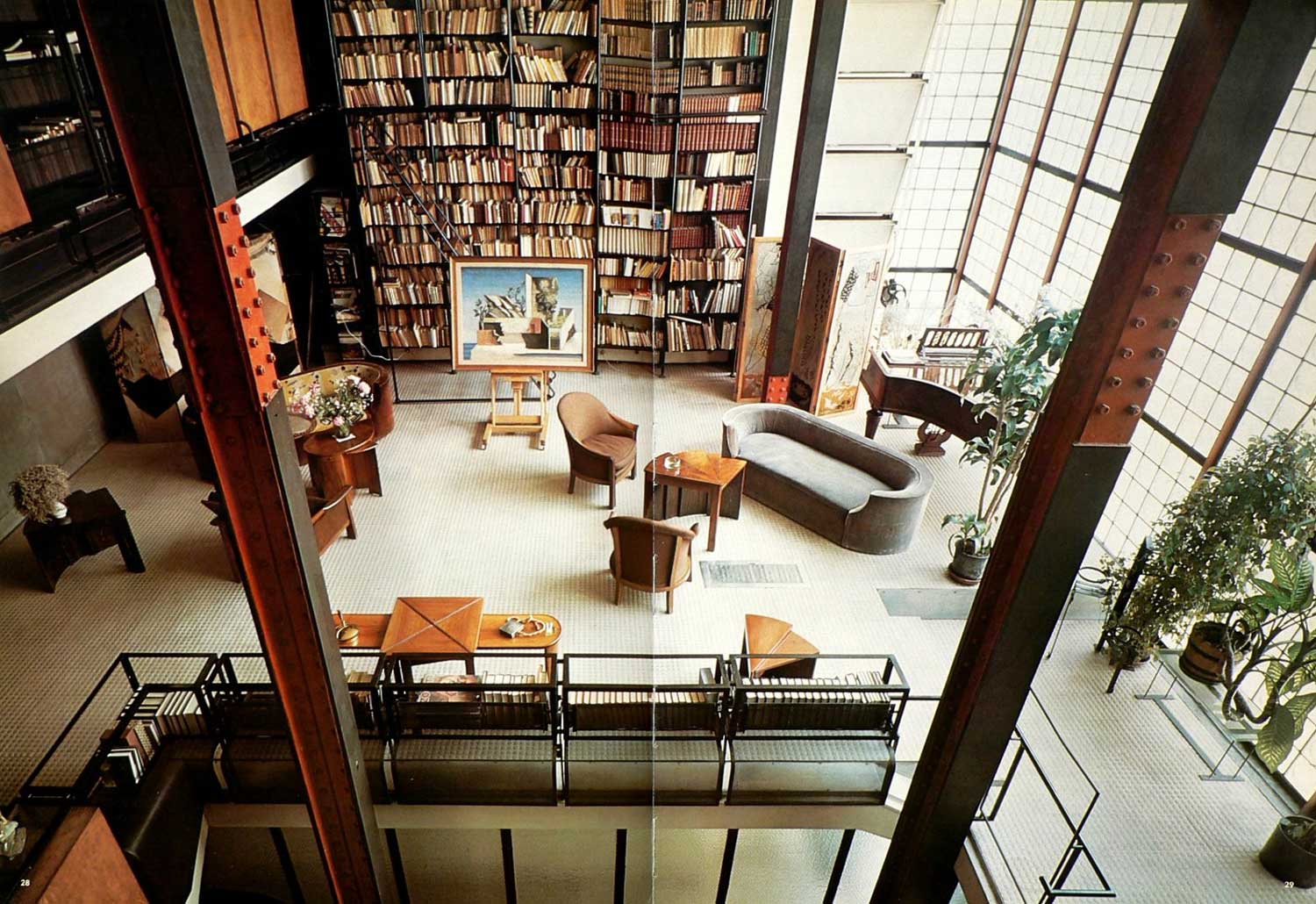
HOUSE OF GLASS: The Maison de Verre is entirely translucent. It changes its look throughout the day and night.
Photo: © Yellowtrace
Maison de Verre, Paris 1932, by Pierre Chareau and Bernard Bijvoet
“A home that is rich and complex and completely its own. I am sure many houses are equally interesting, but I thought of this because I have been there myself. There is too much to say about it, but in short: The Maison de Verre (Glass House) is placed within an existing urban fabric in a Parisian courtyard, completely hidden from the public. It has a distinct architectural idea about an entire façade that is translucent, built up with glass blocks that let the light and surroundings in during the day, while it lights up the courtyard during night. The house is full of sliding, folding and rotating screens, doors, stairs (boundaries), and custom-made fixtures”.
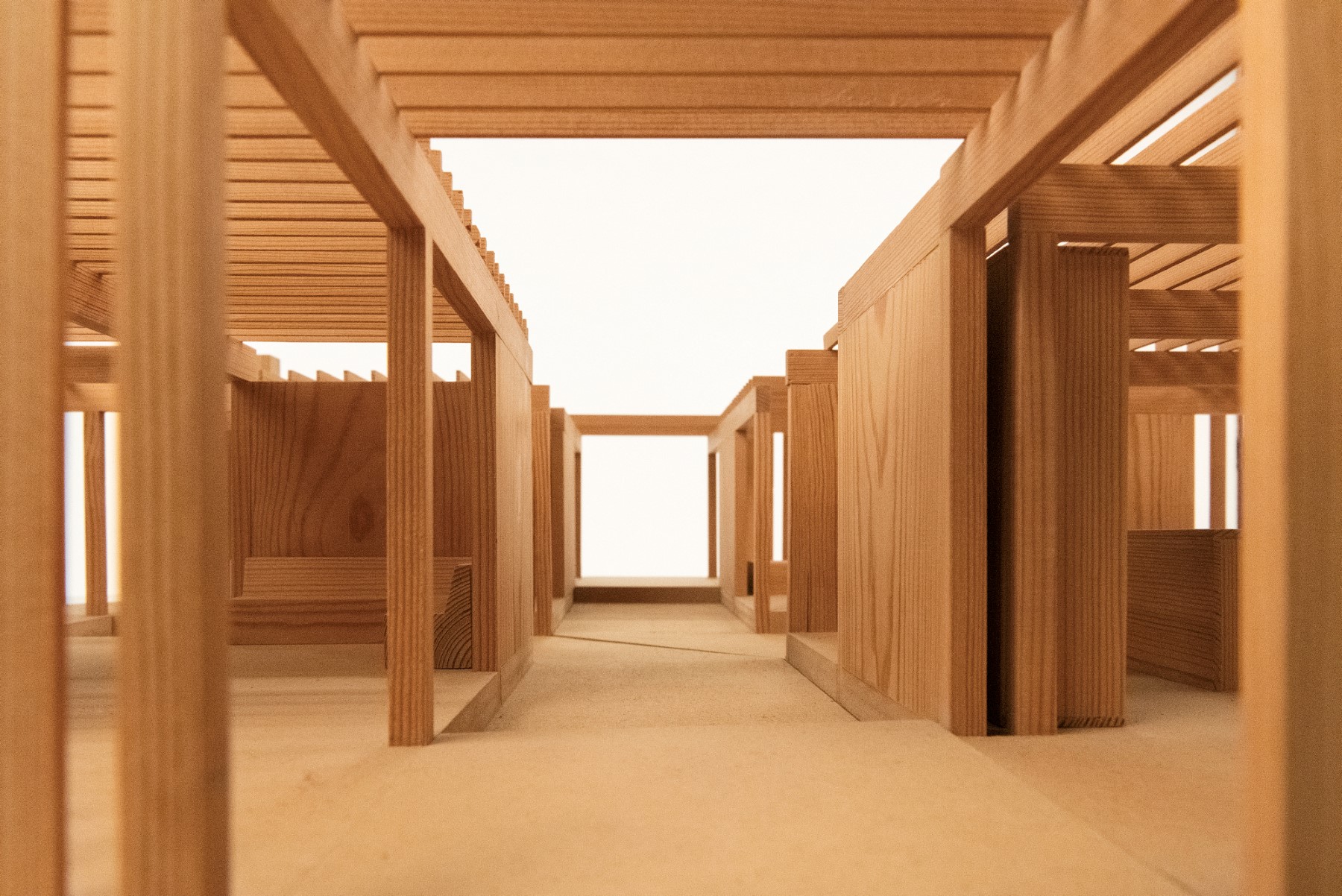
THE HOUSE OF A FICTIONAL CHARACTER: Model of “Hus for en ung kvinne (House for a young woman)” (1995). Part of the Virginia-series by Beate Hølmebakk.
Photo: © Annar Bjørgli, Nasjonalmuseet, Norway.
Virginia-series, 1995-2001, by Beate Hølmebakk
“I love so-called paper projects, that are unrealized architecture, designed for fictive clients. One project that I recently enjoyed seeing is Norwegian architect Beate Hølmebakks “Virgina-series”. These are four room designs for different female literary characters - referencing Wolfs essay “A room of one’s own”. They are realistic designs in the form of plans, sections and elevations. However, the spaces they illustrate are extremely specific to the women’s situation, phase of life and emotional state. They are almost too special to be familiar as housing, but rather show us architectural possibilities”.
What art can add to architecture
In 2012 Nicola Louise Markhus founded Another Space (a project space for Art and Architecture in Copenhagen) with curator Marte Jølbo. Today they do sporadic projects and publications from Oslo and Arendal. She has a strong interest in architecture in combination with art. But why does she think that art is an important part of architecture?
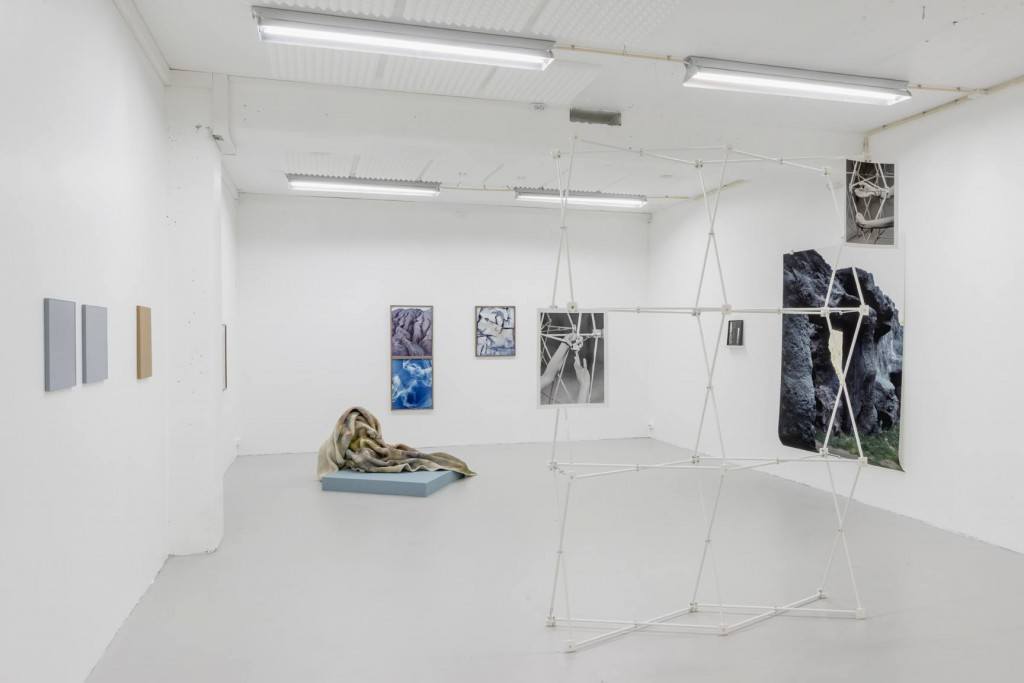
UNFLATTEN: Installation view from Unflatten, with Anne Holtrop & Bas Princen (NL), Ingo Mittelstaedt (DE), Linn Pedersen (NO), Stein Rønning (NO) at Prosjektrom Normanns, Stavanger, Norway in 2016.
Photo: © Tommy Ellingsen
“Sometimes the process of designing a building can be overwhelming or frankly, unrewarding. Working in an art context allows the architect to take a step back from many of the real-world criteria. With art, the focal point is instead on space, form, experience and feeling. This can be a different type of process, without a specific end goal”, she argues.
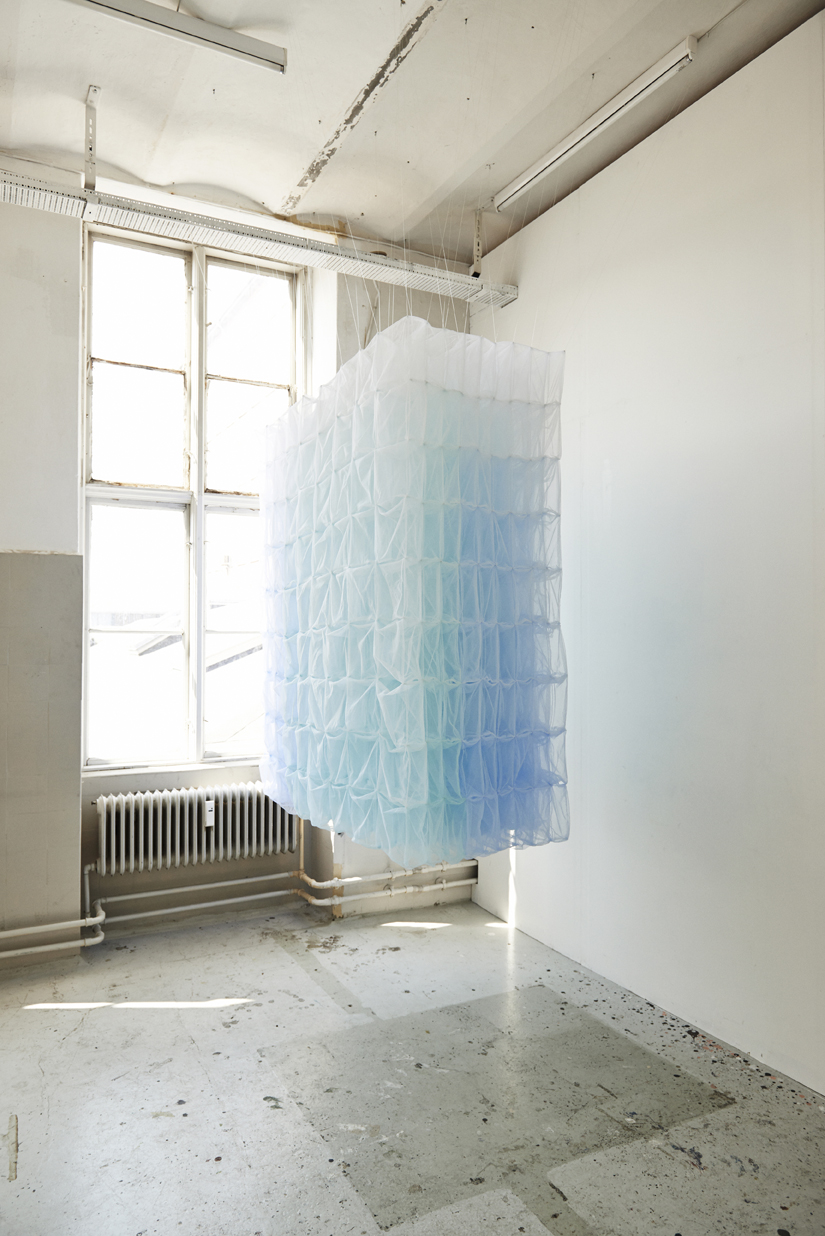
TEXTILE SPACES: Installation view from Textile Spaces, with Akane Moriyama (JP/SE), at Another Space in 2013.
Photo: © Bo Johannesen
Nicola Louise Markhus believes we can learn a lot from working with artists, not only from the way they produce art, but in the way many artists do extensive and interest-driven research that feeds the creative process:
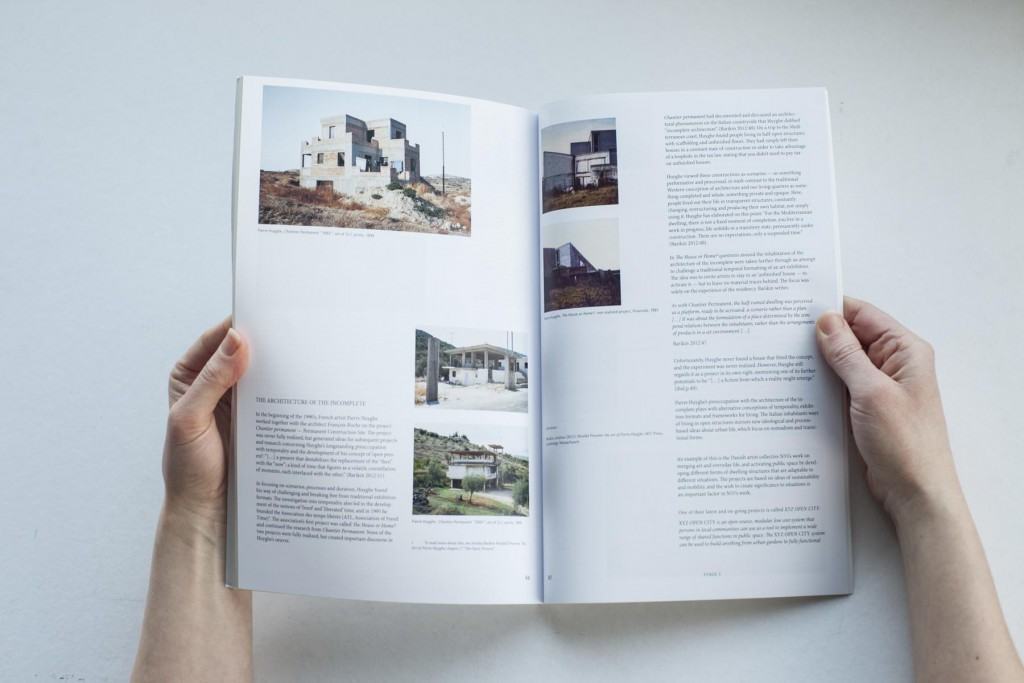
ABOUT ART AND ARCHITECTURE: The publication “Shared Territory”, by Another Space 2015. A book about framework, collaboration, context, authorship, and autonomy in the field between art and architecture.
Photo: © Jon Lundell
“Both art and architecture are about questioning and learning through design and production. They have the same origins and still share many similar elements. Although fine art is often considered more individualistic and architecture more community based, I think both are characterized by shared techniques and craft, typology and reference, and are collaborative efforts to make sense of the world or create our own worlds within it”, she says.